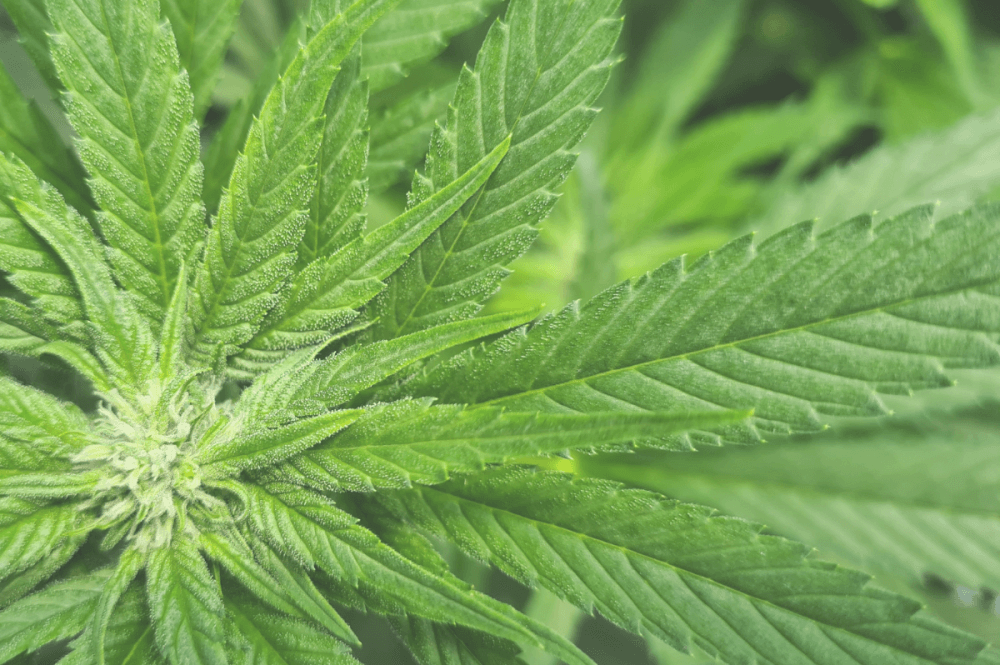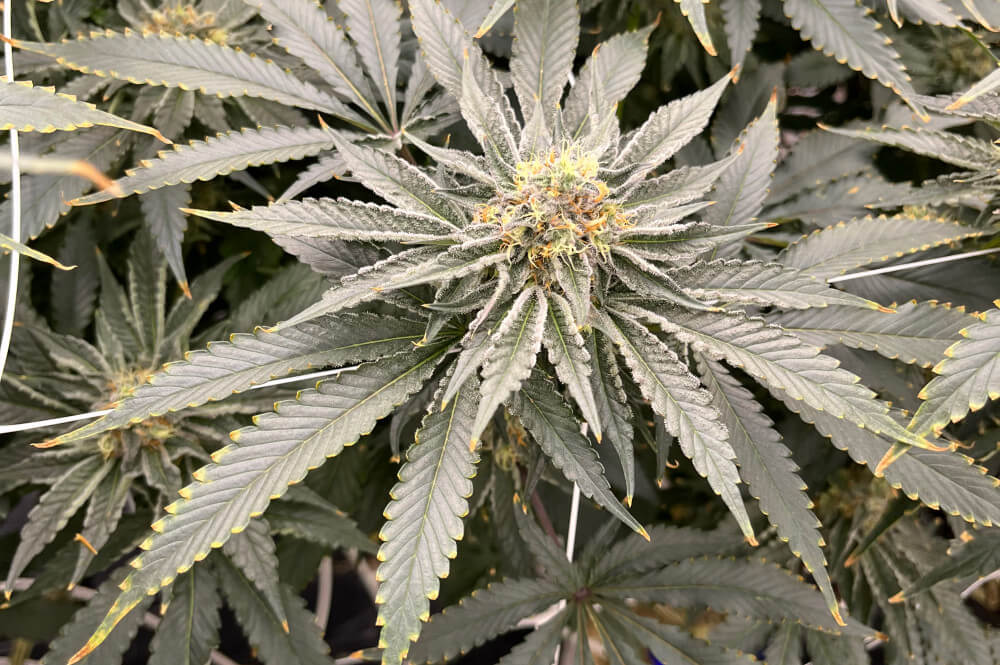
All There is to Know about Cultiwool Stone Wool VS. Organic Substrates
12 November 2024
Cultiwool stone wool is the growing media of choice for growers looking to grow a healthy and uniform crop. Stone wool is made from rocks such as basalt and anorthosite. The rocks start to melt around 1,600°C (2,912°F). From the liquefied rock, fibers are spun and specialized binders as well as wetting agents are added, resulting in large boards of Cultiwool stone wool.
From these boards Cultiwool’s diverse portfolio of products is created, ranging from blocks, plugs, and slabs for propagation, to vegetative, flowering, and mother plants. Due to the temperatures reached during production, and the high hygiene standards employed in Cultiwool’s factories, the final products are clean and hygienic. Therefore, no further processing is required before usage at any step of the cultivation cycle.
To read more about the production of stone wool click here, or here to learn about the product range Cultiwool has to offer.

Why Stone Wool?
Industrial Standardization
Due to the industrial production methods and raw materials, little room is left for deviations from the proper high quality. The raw materials are inorganic, not dependent on seasonal availability, and less influenced by unforeseen events, resulting in a consistent product in terms of quality and supply.
Inertness, Low CEC, High Crop Steering
Cultiwool stone wool is inert, meaning that stone wool does not interact with the nutrients applied by the grower. The initial EC (≤0.5 mS/cm) and neutral pH (5.5-5.8) are perfect to apply and follow up on a variety of specific recipes. Click on this link for more in-depth information about EC and pH management in cannabis cultivation on stone wool.
Furthermore, Cultiwool’s products have a low cation exchange capacity (CEC) by design. The CEC is a measure of total negative charges in the substrate that adsorb cations, such as calcium (Ca2+), magnesium (Mg2+), and potassium (K+). In substrates with a high CEC, like many organic substrates, these essential plant nutrients could be bound or released at inconvenient moments, or an intervention is needed to release them before usage.
Stone wool also has the perfect water-holding characteristics for the cultivation of cannabis because of its steerability. It is possible to quickly wet up the block in the morning, while also allowing for a controlled dry down at night. With a proper irrigation schedule in place, the stone wool keeps its water-holding characteristics for a long time. Stone wool is very durable and has less risk of losing structural integrity, resulting in consistent oxygen availability to the root zone, water-holding capacity, and draining characteristics.
Risk of Contamination & Cleanliness
As it was mentioned before, stone wool is produced at extremely high temperatures. As such, the risk that organic pollutants are present is virtually impossible. On the contrary, organic substrates, which are made up of plant material, have a higher risk of containing pathogens and seeds from other plant species. That is partly the reason why often organic substrates have to be treated prior to being used.

An added benefit of using stone wool is that fewer actions are required to handle the substrate. Stone wool comes in ‘ready-to-use’ pieces. Because Cultiwool stone wool products consist of single pieces, no debris falls out of the container on the bench, floor, or gutter when handling. Resulting in a clean environment that needs less cleaning, especially around transplanting and after harvesting. Also, less stress is put upon the filtration system, for example, the presence of tannins and solid organic debris is greatly reduced compared to other substrates.
In conclusion, Cultiwool stone wool products are homogeneous in characteristics, allowing for optimal steerability and root growth. Due to the fast and easy uptake of water, the crop is supplied with the right amount of nutrients throughout the day. Also, the grower is in total control of the EC, pH, and nutrient composition, allowing them to steer the crop according to their needs. The cost-effectiveness of running an efficient, homogeneous, and clean substrate, makes Cultiwool stone wool the substrate of choice for professional growers.
Want to Know More?
Cultiwool offers support on-site and at a distance in the process of using stone wool substrates. Our experts provide insights into every aspect of cultivation; from propagation to flowering. Next to this, our experts are there to explain daily operations.
On this website, you will find more information on our stone wool substrates and instructions for optimum use! If you have any questions, remarks, or requests, please feel free to contact us here, or via our LinkedIn and Instagram accounts.
More items

Where can I find Cultiwool?
Discover more about our Cultiwool network



